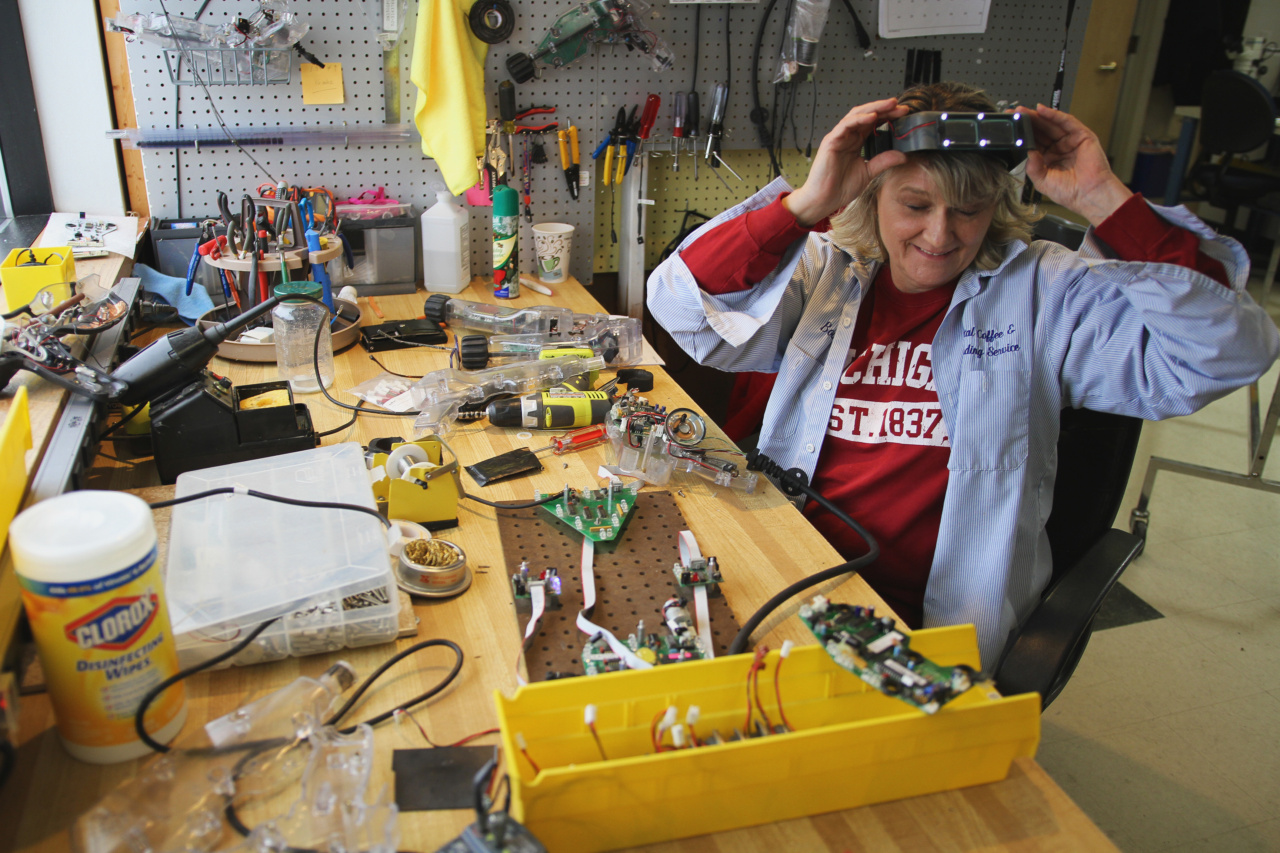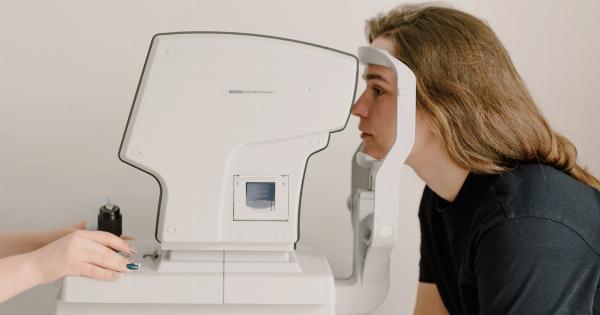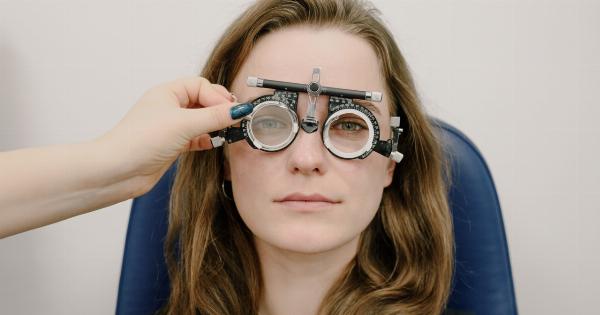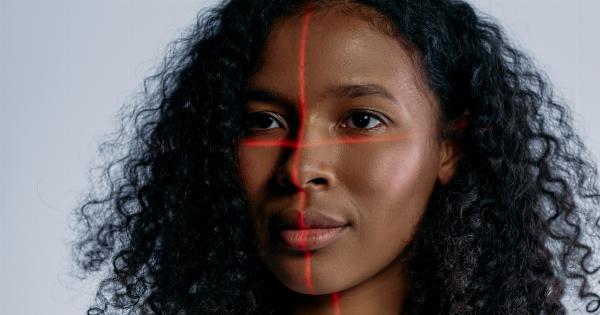Partially blind individuals often struggle with their day-to-day activities, as their limited vision can significantly impact their quality of life. However, thanks to cutting-edge electronic glasses, these individuals now have a glimmer of hope.
These high-tech devices are designed to enhance their vision and provide them with a clearer perspective of the world around them. In this article, we will explore the benefits of electronic glasses for partially blind individuals and how they can revolutionize their daily lives.
The Technology Behind Electronic Glasses
Electronic glasses utilize advanced technologies such as augmented reality (AR) and computer vision to help partially blind individuals see more clearly.
These glasses are equipped with built-in cameras and sensors that capture visual information in real-time and process it to enhance visual perception.
Enhanced Vision with Augmented Reality
One of the key features of electronic glasses is augmented reality. By overlaying digital information onto the real world, these glasses can help partially blind individuals navigate their surroundings more effectively.
The AR display on the glasses can highlight obstacles, provide text and object recognition, and even offer navigational cues.
Improved Contrast and Brightness
Many partially blind individuals struggle with low contrast sensitivity and poor brightness perception. Electronic glasses address this issue by using advanced algorithms to enhance contrast and adjust brightness levels in real-time.
This feature allows individuals to differentiate objects and perceive visual details that were previously challenging to see.
Zooming and Magnification
Electronic glasses also offer zooming and magnification capabilities, allowing individuals to see distant objects or fine details up close.
This function can be particularly beneficial for tasks such as reading small text, recognizing faces, or identifying distant signage.
Text-to-Speech and Audio Feedback
In addition to visual enhancements, electronic glasses often come equipped with text-to-speech capabilities. This feature enables the glasses to read out text in real-time, providing partially blind individuals with access to written information.
Furthermore, audio feedback can be used to provide auditory cues or alerts, enhancing overall situational awareness for the wearer.
Assistive Features for Daily Living
Electronic glasses can also provide assistive features for daily living activities. For example, these glasses can offer step-by-step directions for cooking or provide assistance during household chores.
They can also help individuals identify and sort items, enhancing their independence and productivity.
Real-Time Scene Recognition
Artificial intelligence algorithms integrated into electronic glasses enable real-time scene recognition.
This means that the glasses can identify and categorize various objects, such as furniture, vehicles, or pedestrians, in the wearer’s surroundings. By providing contextual information about the environment, these glasses enable individuals to navigate more effectively and interact with their surroundings with ease.
Customizable Visual Profiles
Each partially blind individual has unique visual needs and preferences. Electronic glasses often come with customizable visual profiles that allow users to optimize the display settings to suit their specific requirements.
Whether it’s adjusting color contrast, brightness, or magnification levels, these glasses offer flexibility to ensure optimal visual enhancement for each wearer.
Empowering Social Interaction
One of the significant challenges faced by partially blind individuals is engaging in social interactions. Electronic glasses can help bridge this gap by providing facial recognition capabilities and displaying real-time information about people.
This feature allows wearers to recognize individuals and engage in conversations more effectively, leading to improved social interactions and a greater sense of inclusiveness.
Overcoming Emotional and Psychological Impact
The emotional and psychological impact of partial blindness can be immense. Individuals may experience feelings of frustration, isolation, and a lack of independence.
Electronic glasses offer a tangible solution that can alleviate many of these negative emotions. By enhancing vision and providing wearers with a newfound sense of empowerment, these glasses can significantly improve the emotional well-being of partially blind individuals.
Conclusion
Partially blind individuals are often faced with numerous challenges in their daily lives. However, the advent of cutting-edge electronic glasses has brought about a revolutionary change.
With enhanced vision, assistive features, and augmented reality capabilities, these glasses provide a new lease on life for those with limited vision. As this technology continues to advance, we can only expect further improvements and a brighter future for partially blind individuals.






























